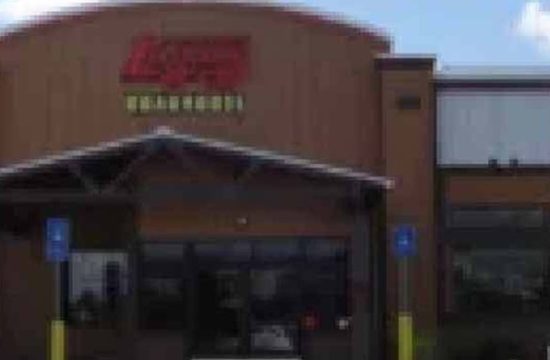U.S. Store Closures Expected to More Than Double in 2025
New research suggests that store closures across the U.S. will more than double in 2025 compared to last year, while new store openings continue to slow.
According to Coresight Research, as cited by Time Out, approximately 15,000 stores are projected to shut down this year, a sharp increase from the 7,325 closures in 2024. Meanwhile, new store openings are expected to decline slightly to 5,800 from 5,970.
Why It Matters
These numbers highlight the ongoing struggles of the retail industry, both in the U.S. and globally. As e-commerce continues to dominate, traditional brick-and-mortar retailers face increasing pressure to adapt or risk closure.
For many communities, shopping centers and retail stores are economic lifelines, providing jobs and supporting local economies. The rising number of closures could have a significant impact on employment and commercial real estate.
Key Insights
So far in 2025, more than 2,000 stores have already closed, representing a staggering 334% year-over-year increase, according to Time Out.
Several well-known retailers have announced store closures, consolidations, or even bankruptcy due to declining foot traffic and financial struggles. These include department store chain Kohl’s, discount retailer Bargain Hunt, and furniture store Big Lots. Additionally, major brands like Walgreens, Macy’s, and Starbucks are scaling back their physical locations.
Industry Perspective
Despite the wave of closures, some experts caution against labeling it a “retail apocalypse.”
Brandon Svec, national director of U.S. retail analytics at CoStar Group, previously told Newsweek that last year’s closures were not a repeat of the retail downturn seen in 2018-2020.
“There are still a substantial number of tenants across various sectors seeking retail space,” Svec explained. “The long-term imbalance between available retail space and demand hasn’t fundamentally shifted.”
As 2025 unfolds, the retail sector will continue to navigate the challenges posed by shifting consumer behaviors and economic uncertainty.











